
04/2009

Overview
1. INTRODUCTION TO GSM
2. GSM ARCHITECTURE
3. GEOGRAPHICAL NETWORK
ORGANIZATION
4. GSM NUMBERING
5. GSM CALLING (MOC, MTC)

Overview
1. INTRODUCTION TO GSM
a. What is GSM
b. GSM services
c. History
d. GSM advantages and disadvantages

What is GSM?
GSM (Global System for Mobile communication)
is a Worldwide Digital Cellular Communications
Network
formerly: Groupe Spéciale Mobile (founded 1982)
used in over 184 countries
The GSM network provides for
mobile voice communication
international roaming
mobile fax
text messaging
data services

What is GSM?
GSM is a Second Generation (2G) digital radio
cellular network
Time Division Multiplexing / Multiple access
(TDM/TDMA) are employed
TDM / TDMA allows:
One frequency channel to be subdivided
Multiple conversations over a single physical
channel

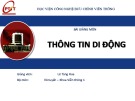
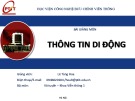

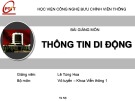

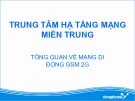
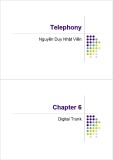

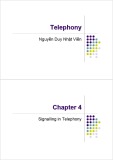
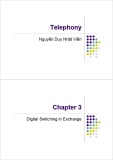






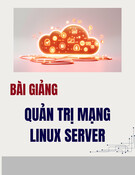

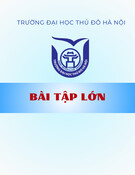
![Đề thi cuối kì Nhập môn Mạng máy tính: Tổng hợp [Năm]](https://cdn.tailieu.vn/images/document/thumbnail/2025/20251110/nminhthoi53@gmail.com/135x160/38281762757217.jpg)



![Đề thi học kì 2 môn Nhập môn Mạng máy tính [kèm đáp án]](https://cdn.tailieu.vn/images/document/thumbnail/2025/20251014/lakim0906/135x160/23811760416180.jpg)

